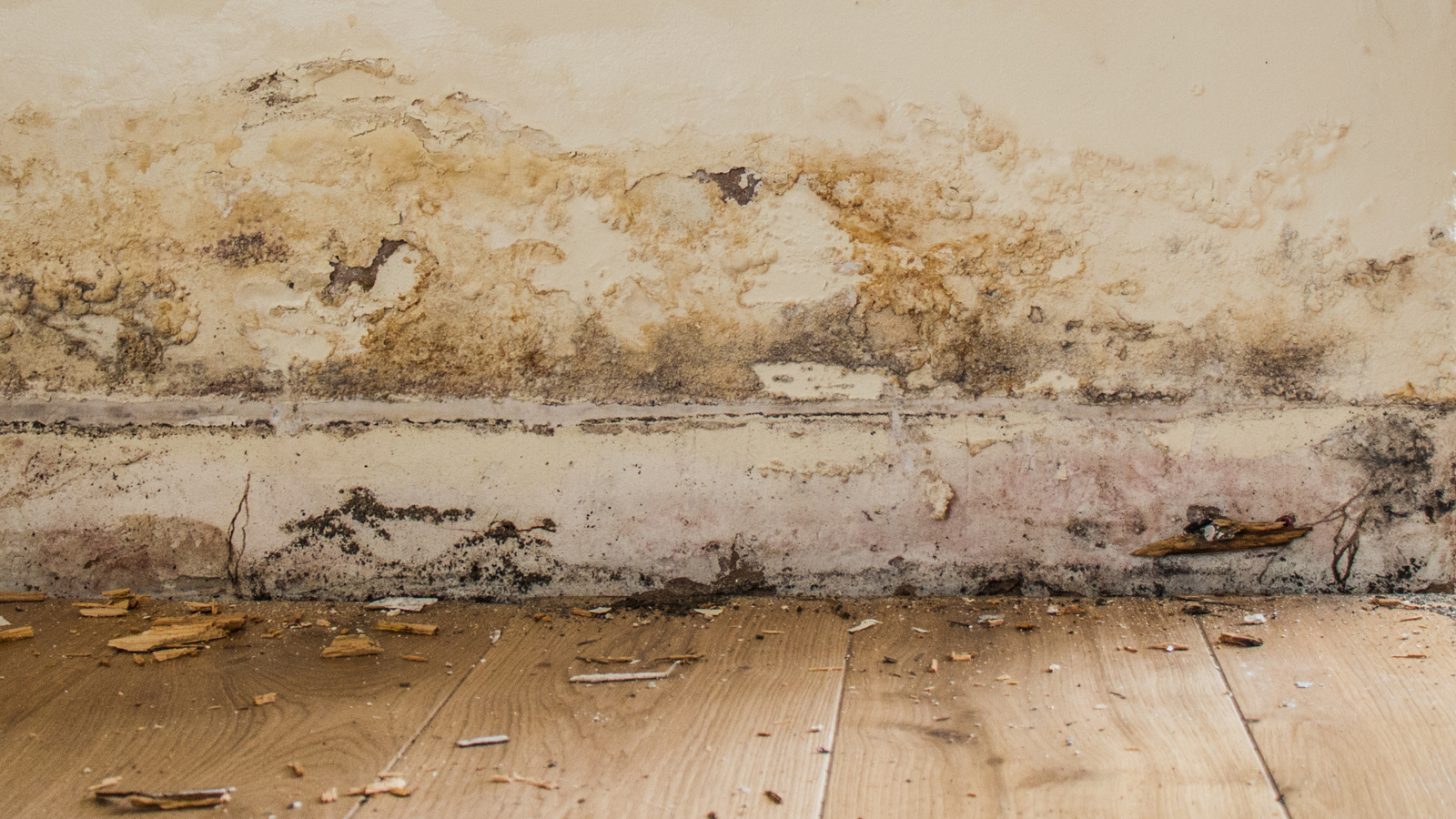How To Tell If Your Loft Has Adequate Insulation

Insulation is the unsung hero of energy efficiency in our homes, particularly in colder climates like the UK. A properly insulated loft keeps your home warm and cosy, helps reduce energy bills, and minimises carbon emissions. However, determining whether your attic has adequate insulation can be tricky., so here is a guide to help you assess if your loft is properly insulated.
Check The Depth
The first step is to check the depth of your insulation. The recommended depth for loft insulation in the UK is typically 270mm, and you can easily measure this using a ruler or tape measure. Consider adding more insulation if your insulation depth falls short of this mark.
Look For Gaps
Inspect your loft thoroughly for gaps, cracks, or areas where insulation may be missing or damaged. Common trouble spots include around pipes, vents, the loft hatch, and electrical fixtures. These gaps can significantly reduce the effectiveness of your insulation, and you should seal them promptly to prevent heat loss.
Consider Age
Older homes may likely have inadequate or outdated insulation. If your home is more than a few decades old and has never had its insulation upgraded, there’s a good chance it may not meet current standards. In such cases, investing in insulation upgrades can lead to substantial energy savings in the long run.
Check Energy Bills
Monitoring your energy bills can provide valuable insight into the effectiveness of your insulation. If you notice a steady increase in heating costs despite no significant changes in your usage habits, it could be a sign that your insulation is insufficient. Conversely, a sudden drop in energy bills after adding or upgrading insulation indicates improved efficiency.
Assess Temperature Variations
Pay attention to temperature variations throughout your home, especially between different floors. A well-insulated loft should help maintain a consistent temperature throughout the house. If you notice significant temperature differences or drafts, it may indicate inadequate insulation in the attic.

Condensation & Dampness
Poor insulation can lead to condensation build-up in the loft, eventually resulting in dampness and mould growth. Inspect the area for any signs of moisture, mould, or damp patches, which indicate insulation problems that you must address promptly.
Consider Professional Assessment
If you are unsure about the condition of your loft insulation or want a more thorough evaluation, consider hiring a professional to conduct an energy audit. A qualified assessor can assess your home’s insulation levels, identify areas of improvement, and provide recommendations tailored to your specific needs.
Check For Grants & Subsidies
In the UK, grants and subsidies are often available for insulation upgrades as part of government energy efficiency initiatives. These incentives can help offset the cost of insulation improvements, making it more affordable to ensure your loft is adequately insulated.
Ensuring that your loft has adequate insulation is essential for maintaining a comfortable and energy-efficient home. Following these tips and conducting regular inspections can help you identify and proactively address any insulation deficiencies. Investing in proper insulation saves you money on energy bills and contributes to reducing your carbon footprint and making your home more environmentally friendly.










